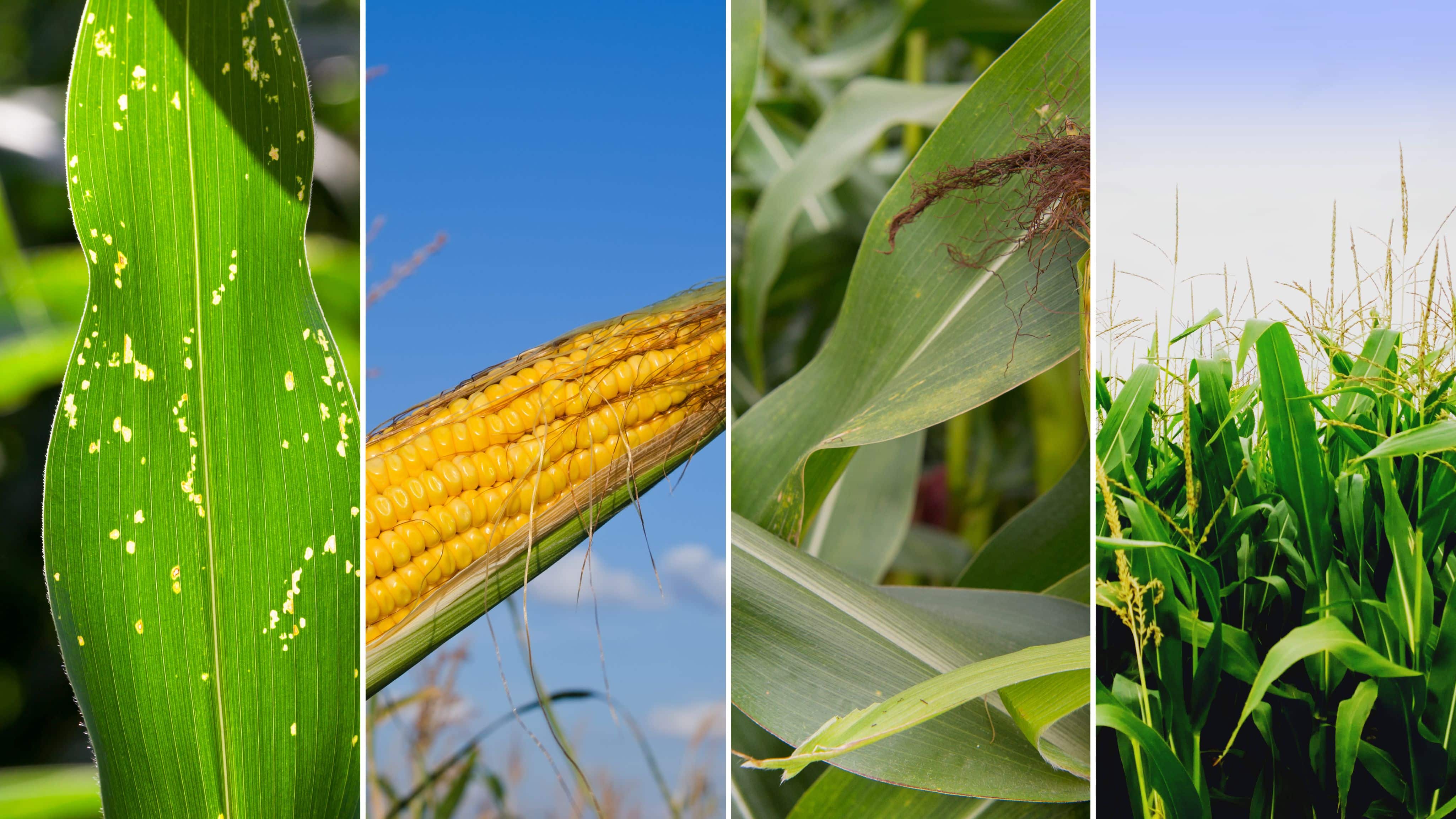Key Takeaways
- A study by Zhong et al. (2024) identifies the gene ZmWAKL as key in resistance to Gray Leaf Spot (GLS) in maize.
- GLS, caused by Cercospora zeae-maydis and Cercospora zeina, is a major foliar disease affecting maize globally.
- The ZmWAKLY protein, produced by the resistance allele of ZmWAKL, plays a critical role in the plant’s immune response.
- The study reveals a complex immune signaling pathway involving ZmWAKLY, ZmWIK, ZmBLK1, and ZmRBOH4 in maize.
- This discovery could lead to the development of maize varieties with increased resistance to GLS.
Groundbreaking Research Unveils Key Gene in Maize Resistance to Gray Leaf Spot
Introduction to the Research
In a significant advancement in plant pathology, Zhong et al. (2024) conducted a study revealing crucial insights into the resistance mechanisms against Gray Leaf Spot (GLS) in maize (Zea mays L.). GLS, a major foliar disease caused by the fungal pathogens Cercospora zeae-maydis and Cercospora zeina, substantially threatens maize cultivation worldwide.
Identification of ZmWAKL Gene
The research identifies the ZmWAKL gene, which encodes a cell-wall-associated receptor kinase-like protein, as the causative gene at a major quantitative disease resistance locus against GLS. This discovery marks a significant step in understanding the genetic basis of disease resistance in maize.
Mechanism of Resistance
The study elaborates on the function of the ZmWAKLY protein, produced by the resistance allele of ZmWAKL. This protein can self-associate and interact with the leucine-rich repeat immune-related kinase ZmWIK on the plasma membrane. The ZmWAKLY/ZmWIK receptor complex is then involved in a cascade of interactions and phosphorylations with other proteins, including ZmBLK1 and ZmRBOH4.
Immune Signaling Pathway
The research uncovers an intricate immune signaling pathway in maize. Upon pathogen infection, there is a transient increase in ZmWAKLY phosphorylation activity, which initiates immune signaling involving ZmWAKLY, ZmWIK, ZmBLK1, and ZmRBOH4. This leads to the triggering of a reactive oxygen species burst, a key defense mechanism in plants.
Implications for Maize Cultivation
This study provides valuable insights into the maize ZmWAKL–ZmWIK–ZmBLK1–ZmRBOH4 receptor/signaling/executor module. Understanding this module’s role in perceiving pathogen invasion, transducing immune signals, activating defense responses, and conferring increased resistance to GLS opens new possibilities for breeding maize varieties with enhanced disease resistance.
Read the rest of the study on Maize GLS resistance here.


